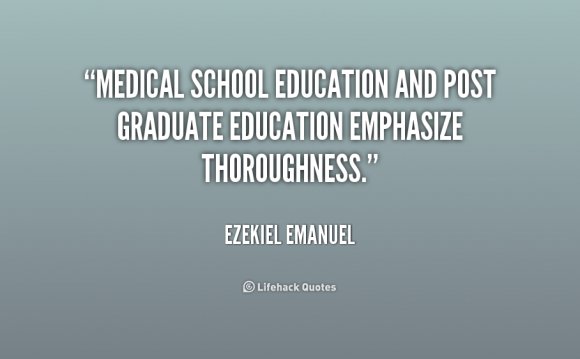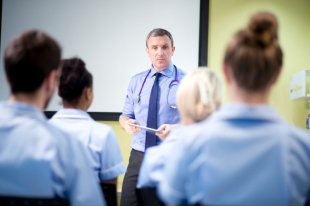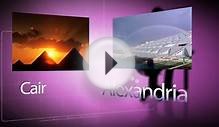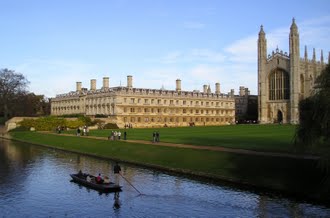

Degree programs continue to expand the depth of their course work by integrating humanities studies and new technologies.
Medical school lectures are giving way to flipped classrooms and problem-based learning techniques.
Changes in medical school haven't just been a result of new scientific discoveries. What many prospective medical students don't know is that their education has evolved greatly – and continues to do so.
Abraham Flexner published what's now known as the Flexner report in 1910. It urged U.S. medical schools to adopt a variety of standards from admissions to curriculum, as there were previously no set rules for medical schools.
In fact, many schools were created simply to make money. The schools ignored basic science, and students spent little or no time in a scientific laboratory. Students of color attended separate schools, as did women. While Flexner visited 155 U.S. medical schools, few met his expectations. Many closed in the aftermath.
Multiple changes occurred in the years that followed. Students wanting to enter medical school had to have at least two years of college and a knowledge of biology, chemistry and physics. Medical schools increased their lectures to cover much more material and extended the length of training to four years.
Clinical rotations in multiple areas gained favor and were considered critical undertakings before gaining a medical degree. Internships, and later residencies, became the rule rather than the exception. Board certification became common and has moved from lifelong certification to an ongoing process that requires much more than sitting through classes.
In 1942, the Liaison Commission for Medical Education was established, and it still makes on-site reviews, assuring that every medical student is being properly trained.
Let’s step in to the medical school of today. Although some schools still rely on a lecture format, others have moved to interactive teaching by using problem-based learning, team-based learning, flipped classrooms and other methods. Most schools offer a clinical experience to students before their third-year clerkships. These patient care opportunities are frequently incorporated into other parts of the curriculum.
Before embarking on a clinical experience, students often participate in small group learning about how to take a medical history and perform a physical examination. Standardized patients, who are trained actors, role-play with faculty and students. Students are then assigned a preceptor and try taking a history and completing a physical exam on a real patient in the preceptor’s practice.
Diverse students from various backgrounds enrich medical education by offering different experiences, perspectives and opinions. Students who are exposed to greater diversity in their classmates report feeling better prepared to work with a greater range of patients.
Humanities plays a larger role in today's medical education curriculum, not only during medical training but also in the MCAT. Having proficiency in the sciences alone does not guarantee a student will be a good communicator or easily build trusting relationships with patients.
Technology, as it has in so many fields, has moved medical education ahead. Anatomy training may now include virtual learning with holograms, while communication may be enhanced through avatars with faculty-inspired responses.
Some schools use iPads in the wards. Texting and tweeting may replace email communication with faculty. Small groups may meet online instead of in the classroom. New tools and methods to evaluate internal conditions are replacing invasive, costly and painful procedures.
Everywhere I look, I see exciting innovations popping up in medical education, heralding a new era of rich, experiential learning. Flexner would be in awe.
RELATED VIDEO




 Higher, post-secondary, tertiary, or third level education refers to the stage of learning that occurs at universities, academies, colleges, seminaries, and institutes of technology. Higher education also includes certain collegiate-level institutions, such as...
Higher, post-secondary, tertiary, or third level education refers to the stage of learning that occurs at universities, academies, colleges, seminaries, and institutes of technology. Higher education also includes certain collegiate-level institutions, such as...








